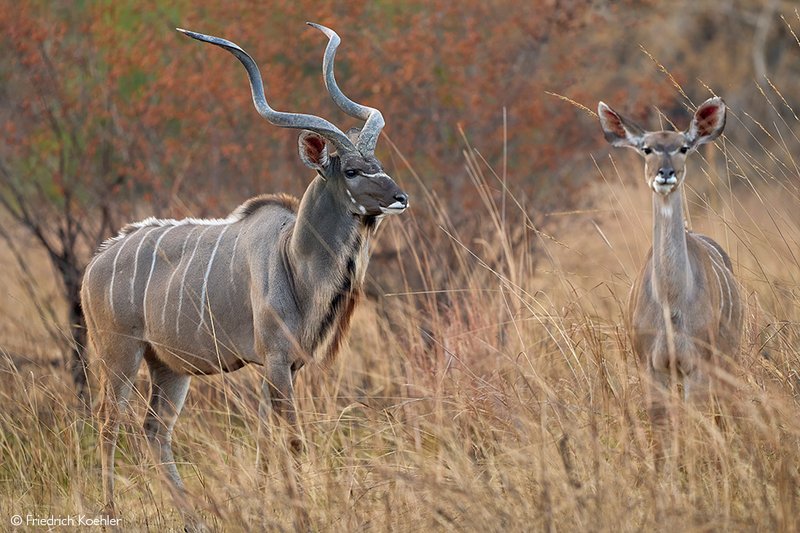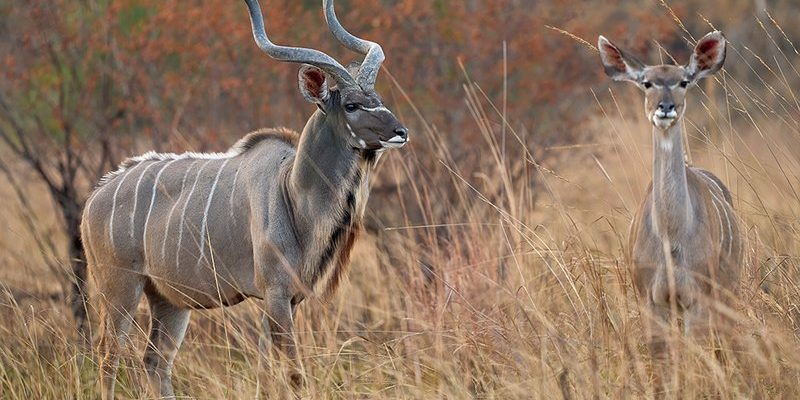
The kudu isn’t just a beautiful creature; it has been woven into the fabric of traditions and folklore. In different cultures, it represents strength, agility, and even the delicate balance between nature and mankind. Whether it’s through oral traditions, art, or rituals, the kudu serves as a muse, inspiring countless narratives. Let’s dig deeper into how this iconic creature is represented in culture and folklore, exploring the stories that highlight its significance.
The Kudu in African Folklore
Folklore is often a reflection of the values and beliefs of a culture, and the kudu plays a pivotal role in many African tales. In several tribal legends, the kudu is depicted as a clever and agile creature. For instance, some stories portray the kudu as a trickster, outsmarting predators and teaching valuable lessons about cunning and survival. Here’s the thing: these stories often carry nuggets of wisdom, showing how the kudu’s traits apply to human life.
One popular folktale involves the kudu helping a struggling hunter. The hunter, desperate and almost defeated, learns to respect the kudu’s agility and intelligence. With patience and observation, he eventually succeeds, embodying the values of humility and respect for nature. The kudu’s characteristics act as an allegory for human qualities, showing how interconnected we are with the animal kingdom.
Kudu Songs and Dances
Songs and dances inspired by the kudu are prevalent in many African cultures, especially among communities that live close to nature. These artistic expressions often celebrate the kudu’s gracefulness and its importance in the ecosystem. For example, some tribes perform traditional dances that mimic the kudu’s movements, showcasing its elegance.
In these performances, the dancers wear masks and costumes that echo the kudu’s colors and features. The rhythm of the drums brings the stories to life, creating a deep connection between the performers and the audience. It’s an enchanting way to honor this remarkable animal while fostering a sense of community and shared heritage.
The Kudu in Art and Symbolism
Beyond stories and performances, the kudu’s image is often used in art. Artists throughout Africa incorporate the kudu into their works, using its form to symbolize beauty, strength, and freedom. The kudu’s majestic horns, which spiral gracefully, add an artistic flair to sculptures and paintings.
In many cultures, the kudu is depicted as a guardian spirit, symbolizing protection and vigilance. This symbolism arises from its alertness and grace in the wild. When portrayed in art, the kudu can serve not only as a subject of beauty but also as a reminder of the values it embodies—values that resonate with both individuals and communities.
Mythical Representations of the Kudu
In some cultures, the kudu takes on mythical qualities, representing the bridge between the human world and the spiritual realm. For instance, there are tales of the kudu leading lost souls to safety or serving as a guide in the afterlife. These stories elevate the kudu from a mere animal to a powerful symbol in the spiritual narrative.
Some tribes believe that seeing a kudu in the wild brings good luck or signifies an important event on the horizon. This belief underscores how deeply intertwined the kudu is with cultural consciousness, showcasing its role as more than just a physical presence, but as a spiritual guide as well.
The Kudu in Rituals and Ceremonies
The kudu also plays a significant role in various rituals and ceremonies across Africa. In some communities, the kudu is seen as a sacred animal, and its presence is honored during important celebrations. For instance, its meat might be used in rituals to mark significant life events, such as marriages or coming-of-age ceremonies.
These rituals not only emphasize the kudu’s importance in the ecosystem, providing sustenance to communities, but also highlight the respect and gratitude that local cultures show towards nature. Rituals involving the kudu often include blessings and prayers for prosperity and safe hunting, ensuring that the animal and its habitat are preserved for future generations.
Conservation and Cultural Significance
As modern life encroaches on natural habitats, the cultural significance of the kudu faces challenges. Many communities are working to conserve the kudu, understanding that its survival is deeply linked to their heritage. Conservation efforts often blend traditional ecological knowledge with modern practices, reflecting a commitment to preserving both the animal and the stories that surround it.
You might be wondering how these efforts are impacting local cultures. By conserving the kudu, these communities maintain their cultural identity and ensure that future generations will continue to share the rich narratives that celebrate this remarkable creature. It’s a beautiful example of how wildlife conservation and cultural heritage can go hand-in-hand, creating a balanced relationship with nature.
The Kudu’s Global Influence
Interestingly, the influence of the kudu isn’t confined to Africa. As global interest in wildlife and conservation grows, the kudu has gained recognition in international contexts as well. This fascination often leads to the incorporation of kudu imagery into various forms of art, fashion, and even literature around the world.
In literature, authors may use the kudu as a metaphor for resilience or beauty. The animal’s representation in different countries often carries the same themes as in African cultures, showcasing its universal appeal. It serves as a reminder that nature’s creatures can inspire us far beyond their immediate geographical origins.
Kudu in Popular Culture
You may also spot the kudu in popular culture, particularly in films and documentaries that focus on wildlife and conservation. These portrayals highlight the kudu’s beauty and contribute to a broader understanding of biodiversity.
Documentaries often emphasize the kudu’s role in its ecosystem, showcasing how it interacts with its environment and other species. This raises awareness about the importance of preserving such magnificent creatures and their habitats, ensuring that their stories continue to be shared and celebrated.
Closing Thoughts on the Kudu’s Cultural Significance
The kudu is so much more than just another animal grazing in the savanna. Its rich representation in culture and folklore reflects a deep connection between humans and nature. From folklore and art to rituals and global influence, the kudu embodies values that resonate through generations.
As we continue to explore and appreciate the significance of the kudu, we recognize the stories that tie us to nature. Whether through traditional tales or modern representations, the kudu’s legacy serves as a gentle reminder of our obligation to respect and preserve the natural world that inspires us all. So, next time you hear a story about this majestic antelope, remember—you’re not just hearing about an animal; you’re diving into a rich tapestry of culture and tradition that deserves to be celebrated.

